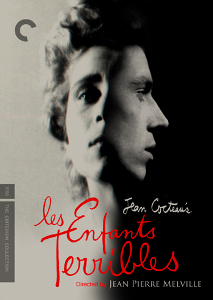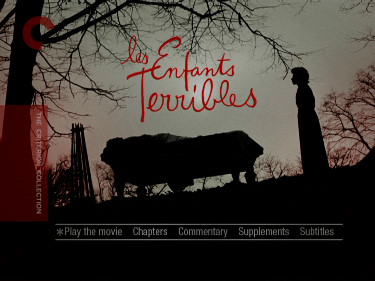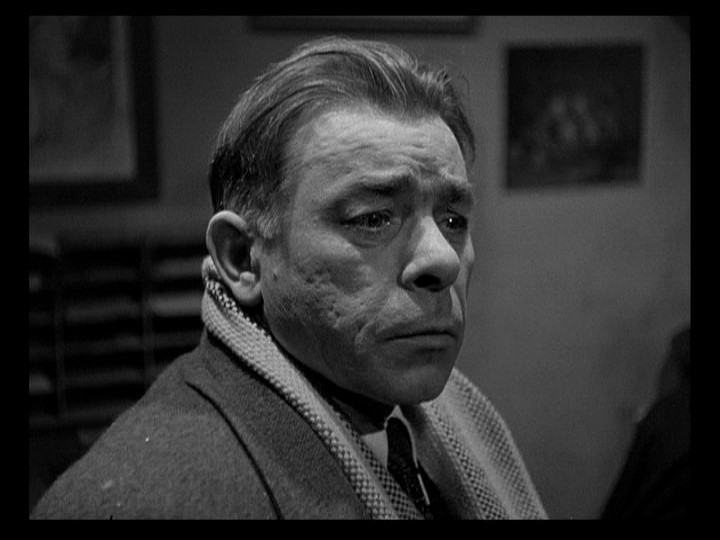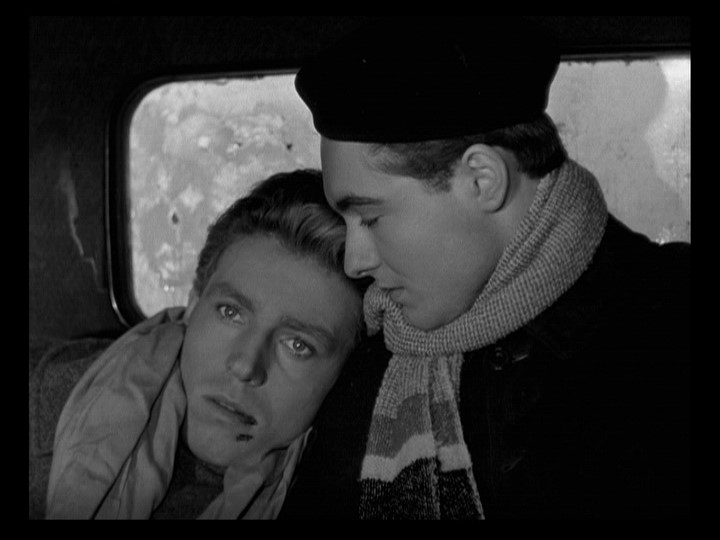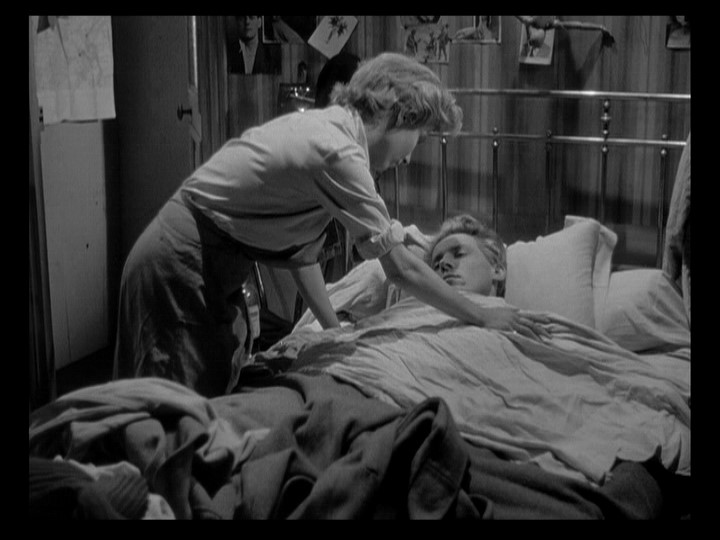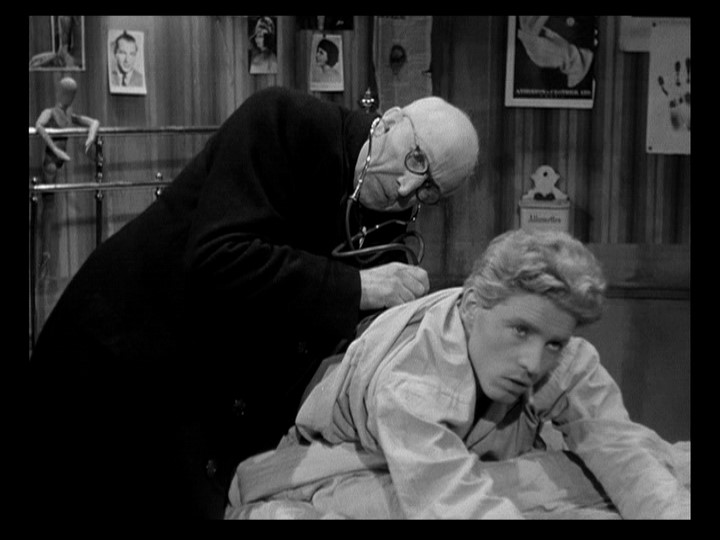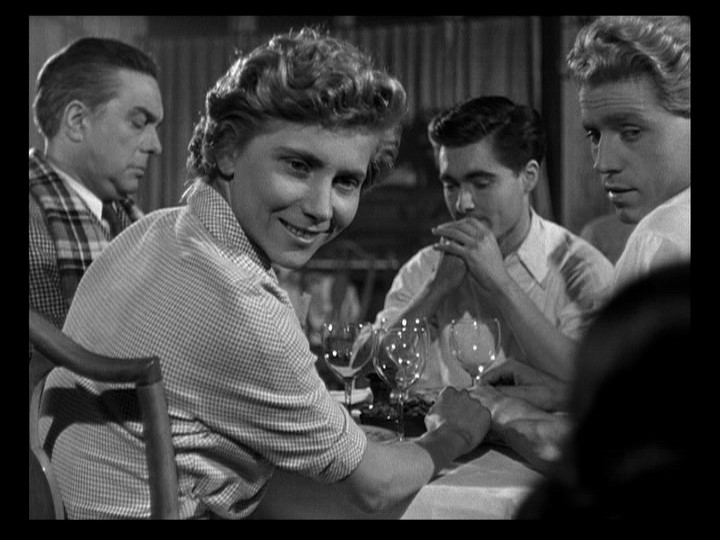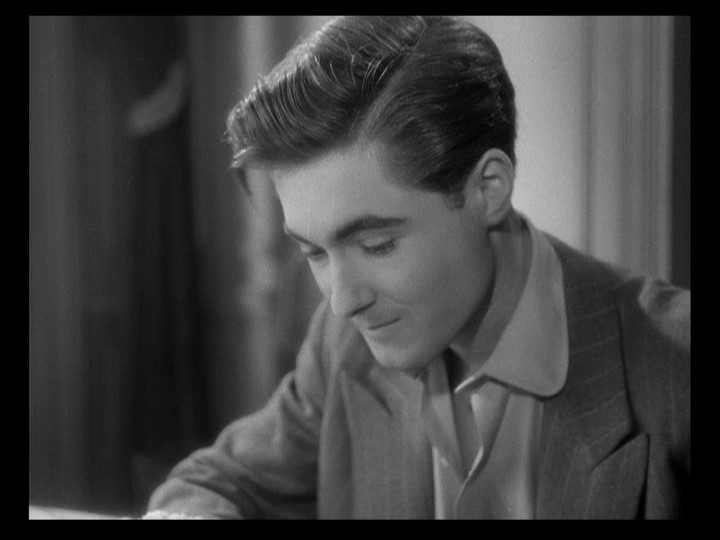![]()
![]()

![]()
![]()
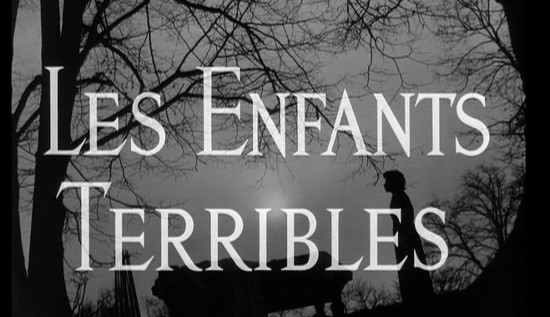
(aka 'The Strange Ones')
directed by Jean-Pierre Melville
France 1951
Writer Jean Cocteau and director Jean-Pierre Melville joined forces for this elegant adaptation of Cocteau’s immensely popular, wicked novel about the wholly unholy relationship between a brother and sister. Elisabeth (a remarkable Nicole Stéphane) and Paul (Edouard Dermithe) close themselves off from the world by playing an increasingly intense series of mind games with the people who dare enter their lair—until romance and jealousy intrude. Melville’s operatic camera movements and Cocteau’s perverse, poetic approach to character merge in Les enfants terribles to create one of French cinema's greatest, and most surprising, meetings of the minds.
***
Elisabeth is extremely protective of her younger brother Paul, who was unusually injured when snow at school strikes him in the chest. He becomes house-bound at Doctor's orders. The brother and sister become inseparable, especially since their mother passes away. It is just the two of them now.. and they share a very strange relationship. Paul's friend Gerard often stays and travels with them. One day Elisabeth brings home Agathe to live with them also. She bears a strong resemblance to Dargelos (the boy who threw the snowball), whom Paul had a secret crush on. Paul and Agathe become attracted to each other, instilling jealousy in Elizabeth and firing the passions and hatred that the siblings were seething beneath the surface.
***********
Jean Cocteau selected Jean-Pierre Melville to direct the 1949 film version of his novel on the basis of Melville's only previous film, Le silence de la mer. Working closely with Cocteau, Melville developed a location-based style that eventually became one of the strongest influences on the directors of the New Wave generation. The story of Les enfants terribles is typically Cocteau: two adolescents (Nicole Stephane and Edouard Dhermitte), willfully cutting themselves off from the adult world, bind themselves together through a series of strange, enigmatic games--which end in incest and death.
Excerpt from Dave Kehr's comments at the Chicago Reader HERE
Posters
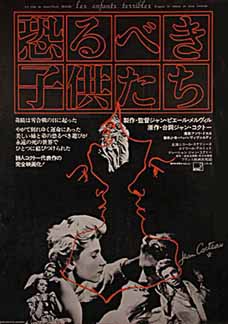 |
 |
Theatrical Release: July 1951
Reviews More Reviews DVD Reviews
DVD Comparison:
BFI - Region 2 - PAL vs. Criterion - Region 1 - NTSC
(BFI - Region 2 - PAL LEFT vs. Criterion - Region 1- NTSC RIGHT)
| DVD Box Cover |
|
|
| Distribution | BFI - Region 2 - PAL | Criterion Collection - Spine # 398- Region 1 - NTSC |
| Runtime | 1:41:57 (4% PAL speedup) | 1:46:48 |
| Video | 1.33:1
Original Aspect Ratio Average Bitrate: 6.22 mb/s PAL 720x576 25.00 f/s |
1.33:1
Aspect Ratio Average Bitrate: 7.8 mb/s NTSC 720x480 29.97 f/s |
|
NOTE: The Vertical axis represents the bits transferred per second. The Horizontal is the time in minutes. |
||
| Bitrate:
BFI |
|
|
| Bitrate:
Criterion |
|
|
| Audio | French (Dolby Digital 1.0 Mono) | French (Dolby Digital 1.0 Mono) |
| Subtitles | English, None | English, None |
| Features |
Release Information: Edition Details: • Director
Commentary by novelist and critic Gilbert Adair
• 1 page (reverse cover) essay by Philip Kemp |
Release Information: Edition Details: • Audio
commentary by writer, film critic, and journalist Gilbert Adair |
| Comments: |
The BFI shows obvious contrast boosting next to the Criterion. The Criterion is sharper, with superior detail although it is again a pictureboxed transfer (see our description of 'pictureboxing' in our Kind Hearts and Coronets review). The Criterion is obviously darker with richer black levels. Both have adequate mono French audio and optional English subtitles.
Both releases have supplements but, as
expected, Criterion have added a few more. They share the excellent
Gilbert Adair commentary where he even discusses such detail as
Cocteau's preference for the speed of the dialogue, his poetic influence
on the film narrative and the audio voice-over. It is very thorough and
a fascinating listen but there are some fair gaps. Both also share the
12 minute, optionally English subtitled, Nicole Stephane
interview. Criterion adds Around Jean Cocteau (2003), a 17 minute
video by filmmaker Noel Simsolo discussing Cocteau and Melville's
creative relationship and poses questions as to who had more input on
the film production, a theatrical trailer, a gallery of
behind-the-scenes stills and a nicely appointed 30-page booklet
featuring a new essay by critic Gary Indiana, a tribute by Nicole
Staphane, an excerpt from Rui Nogueira's Melville on Melville, and many
drawings by Cocteau.
|
Recommended Reading in French Cinema (CLICK COVERS or TITLES for more information)
 |
 |
 |
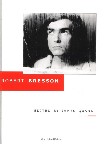 |
 |
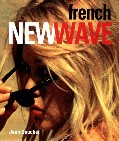 |
 |
|
The Films in My Life |
Agnes Varda by Alison Smith | Godard on Godard : Critical Writings by Jean-Luc Godard |
Robert Bresson (Cinematheque Ontario Monographs, No.
2) by James Quandt |
The Art of Cinema by Jean Cocteau |
French New Wave
by Jean Douchet, Robert Bonnono, Cedric Anger, Robert Bononno |
French Cinema: From Its Beginnings to the Present by Remi Fournier Lanzoni |
Check out more in "The Library"
DVD Menus
(BFI - Region 2 - PAL LEFT vs. Criterion - Region 1- NTSC RIGHT)
|
|
|
|
|
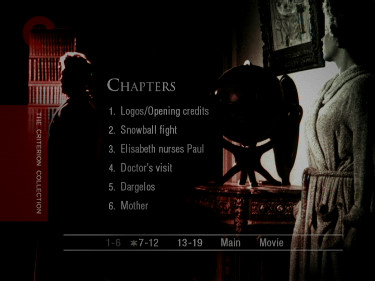 |
|
|
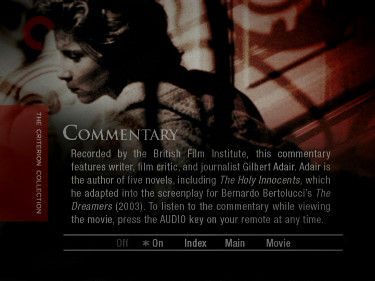 |
|
|
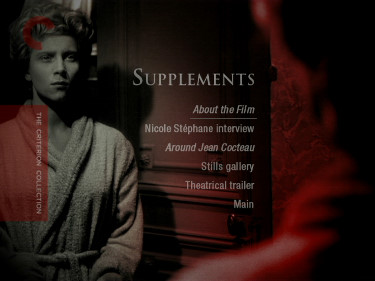 |
|
|
 |
|
|
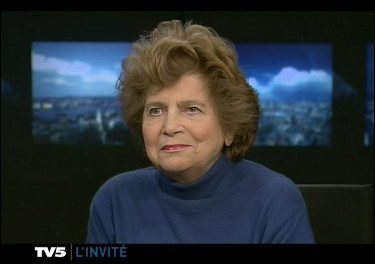 |
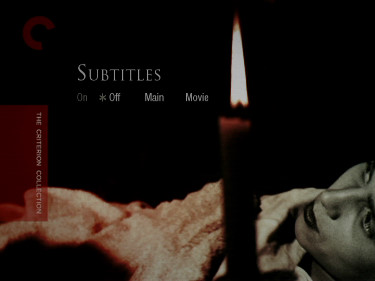 |
Subtitle Sample
NOTE
: Not exact frame
(BFI - Region 2 - PAL TOP vs. Criterion - Region 1 - NTSC BOTTOM)
|
|
|
|
Screen Captures
(BFI - Region 2 - PAL TOP vs. Criterion - Region 1 - NTSC BOTTOM)
|
|
|
|
(BFI - Region 2 - PAL TOP vs. Criterion - Region 1 - NTSC BOTTOM)
|
|
|
|
(BFI - Region 2 - PAL TOP vs. Criterion - Region 1 - NTSC BOTTOM)
|
|
|
|
(BFI - Region 2 - PAL TOP vs. Criterion - Region 1 - NTSC BOTTOM)
|
|
|
|
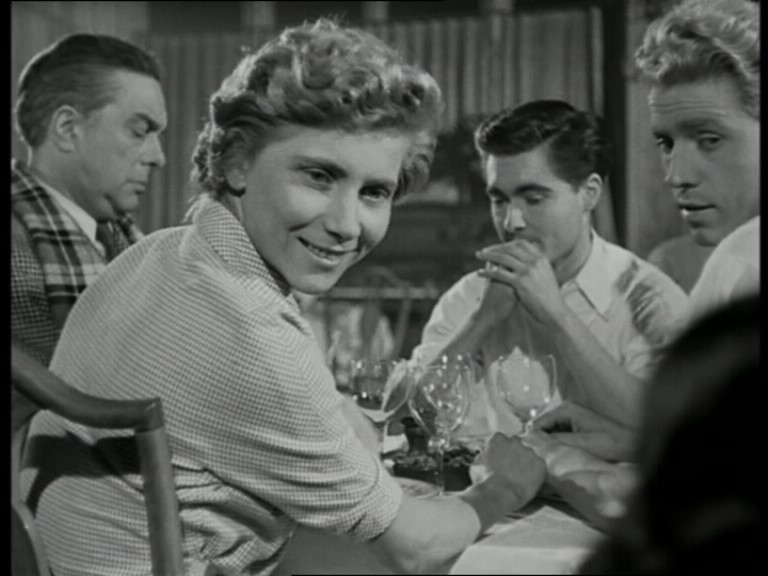 |
|
|
|
|
|
|

